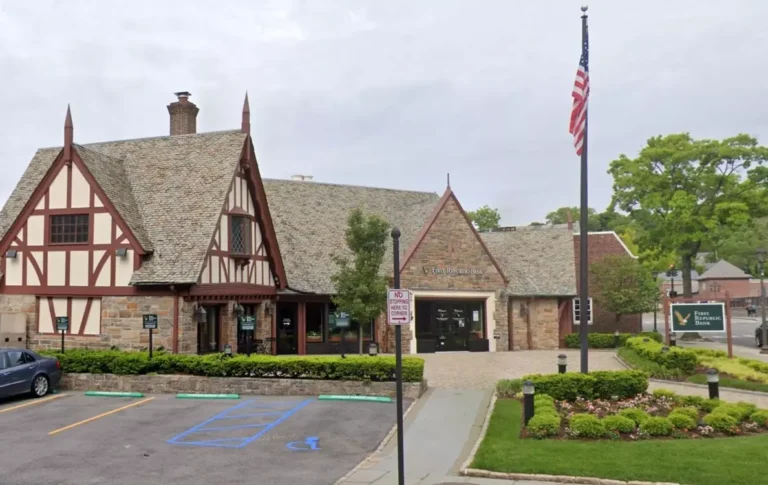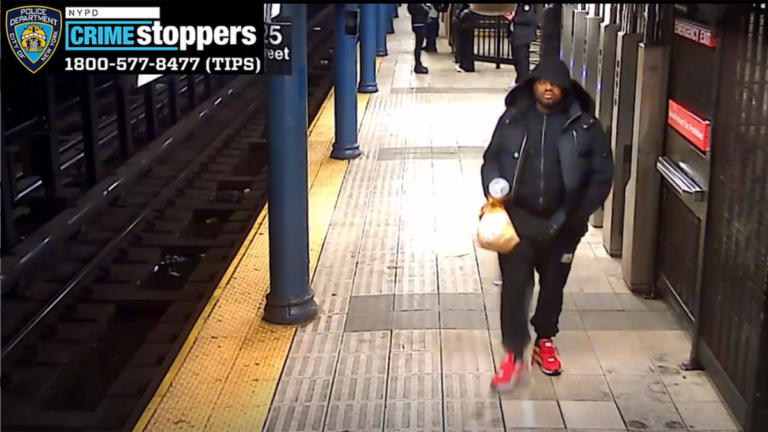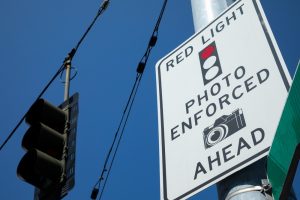In 2025, traffic laws across the United States continue to evolve, and one of the most debated driving practices—the right turn on red—is seeing significant changes. While it has long been legal in many states, the way right turns on red are enforced, regulated, and even permitted is shifting in response to public safety concerns, technology advancements, and evolving traffic patterns. The rise in traffic congestion, the push for pedestrian safety, and the advancement of smart city technologies are prompting states and localities to reassess their approach to the right turn on red rule.
The History of Right Turns on Red
The federal law that legalized right turns on red dates back to 1976. The goal was simple: to alleviate traffic congestion and keep vehicles moving, especially at busy intersections. As long as there were no signs prohibiting it, drivers were allowed to make a right turn at a red light after coming to a complete stop and ensuring it was safe to do so.
Since its inception, the rule has been a hallmark of American roadways, enabling vehicles to continue moving without having to wait for a green light. However, over time, concerns about pedestrian safety, driver visibility, and potential accidents have led to the reevaluation of this practice.
Growing Safety Concerns
Pedestrian safety has been at the forefront of discussions around the right turn on red rule. In busy cities, pedestrians are often at risk when vehicles fail to fully yield before making a right turn on red. Numerous studies have shown that drivers making right turns on red may not always look out for pedestrians, especially those crossing at intersections. In fact, pedestrian deaths in the U.S. have been steadily increasing, and cities are now placing greater emphasis on how vehicle movements, particularly right turns on red, contribute to these fatalities.
Moreover, cyclists also face significant risks when vehicles turn right on red without fully stopping or yielding. Accidents involving cyclists, often caused by right-turning vehicles, have prompted calls for stricter regulation of this practice.
The Shift in Legislation: What’s Changing?
As concerns about safety rise, some states and local governments have decided to change the rules governing right turns on red, while others have opted to introduce new regulations aimed at reducing the risks. Here’s a breakdown of the changes you can expect in 2025 and beyond:
1. Expansion of No-Turn-on-Red Zones
One of the most noticeable changes in 2025 is the expansion of “no-turn-on-red” zones, particularly in high-traffic urban areas. These zones are being set up near schools, hospitals, busy pedestrian areas, and residential districts. Many cities, such as New York City, San Francisco, and Boston, have implemented or are planning to expand no-turn-on-red zones in response to rising concerns about pedestrian and cyclist safety.
For example, in certain intersections near public schools or daycare centers, you may now see signs explicitly stating that right turns on red are prohibited. The rationale behind this is to give pedestrians a better sense of security, ensuring they don’t have to worry about drivers turning into crosswalks while they’re in the middle of an intersection.
Furthermore, the push for “smart cities” is contributing to the proliferation of these no-turn-on-red zones. Smart traffic signals that are equipped with sensors to detect pedestrians and cyclists are becoming more common, and in response to these innovations, traffic flow rules are becoming more nuanced. Cities are beginning to implement adaptive traffic control systems that alter signal patterns based on real-time traffic data, including pedestrian movement, which sometimes necessitates restricting right turns on red for the sake of safety.
2. Increased Use of Camera Enforcement
Automated traffic cameras have become more prevalent in the enforcement of traffic laws, including those involving right turns on red. Starting in 2025, several states are increasing the use of traffic cameras to catch right-turn-on-red violations. Cameras will be installed at key intersections where traffic congestion is high and where violations tend to happen more frequently.
The cameras monitor intersections and automatically issue fines to drivers who turn right on red without fully stopping, or those who ignore signs that prohibit such turns. The idea behind camera enforcement is not only to increase safety but also to provide a more consistent and objective way to enforce traffic laws. Additionally, this technology ensures that drivers who are committing violations are caught, even if a police officer is not present to witness the infraction.
As more cities adopt automated enforcement technology, the number of fines for right-turn-on-red violations is expected to rise. Many cities view this as an effective deterrent to reduce accidents and improve road safety. However, critics of this system argue that it may disproportionately impact low-income drivers and could be a source of unnecessary revenue generation for municipalities.
3. Changes to the Right-Turn-on-Red Rule for Electric and Autonomous Vehicles
With the increasing popularity of electric vehicles (EVs) and the rise of autonomous vehicles (AVs), it is expected that the rules for right turns on red will evolve to address these new technologies. In 2025, some states are introducing new provisions that allow autonomous vehicles to make right turns on red without human intervention, provided the vehicle is equipped with proper sensors and AI-driven decision-making systems.
These rules have sparked significant discussions about the potential for AVs to reduce accidents associated with right turns on red. Proponents argue that autonomous vehicles, with their sophisticated sensors and programming, will be better able to detect pedestrians, cyclists, and other vehicles, making right turns on red safer. However, skeptics of this shift worry about the readiness of the technology and the possible risks associated with AVs misjudging situations in complex urban environments.
At the same time, the infrastructure supporting EVs and AVs, such as charging stations and communication systems with traffic lights, is expanding, which could lead to further regulation adjustments for right turns on red. These changes may include specific guidelines for when and where these vehicles can turn right on red, balancing the advancement of technology with public safety needs.
4. Public Awareness Campaigns and Education
Another important aspect of the changes in 2025 involves increasing public awareness about the rules surrounding right turns on red. Many drivers, especially those who are not fully familiar with the laws, may not realize that right turns on red are prohibited in certain situations or intersections. In response, states are launching educational campaigns to inform the public about these rules, with a particular focus on high-risk intersections and areas with high pedestrian traffic.
These campaigns include outreach efforts through social media, radio ads, and public service announcements, emphasizing the importance of checking for pedestrians and cyclists before making a right turn on red, and understanding the new regulations that may be in place in certain areas.
The Future of Right-Turn-on-Red
The landscape for right turns on red in 2025 and beyond is changing rapidly. While the rule has been a longstanding feature of American roadways, the increasing focus on safety, technology, and urban planning is forcing policymakers to reexamine how this law should be applied. The rise of no-turn-on-red zones, automated enforcement, and regulations addressing the future of electric and autonomous vehicles signal a shift in how traffic laws are enforced and adapted to the needs of the 21st century.
For drivers, the key takeaway is that they must stay informed about the evolving traffic laws in their state and city. As regulations around right turns on red continue to change, understanding where and when these turns are allowed, as well as being aware of any new safety guidelines, will be critical in avoiding fines and contributing to safer roads for everyone.
Disclaimer – Our editorial team has thoroughly fact-checked this article to ensure its accuracy and eliminate any potential misinformation. We are dedicated to upholding the highest standards of integrity in our content.























+ There are no comments
Add yours